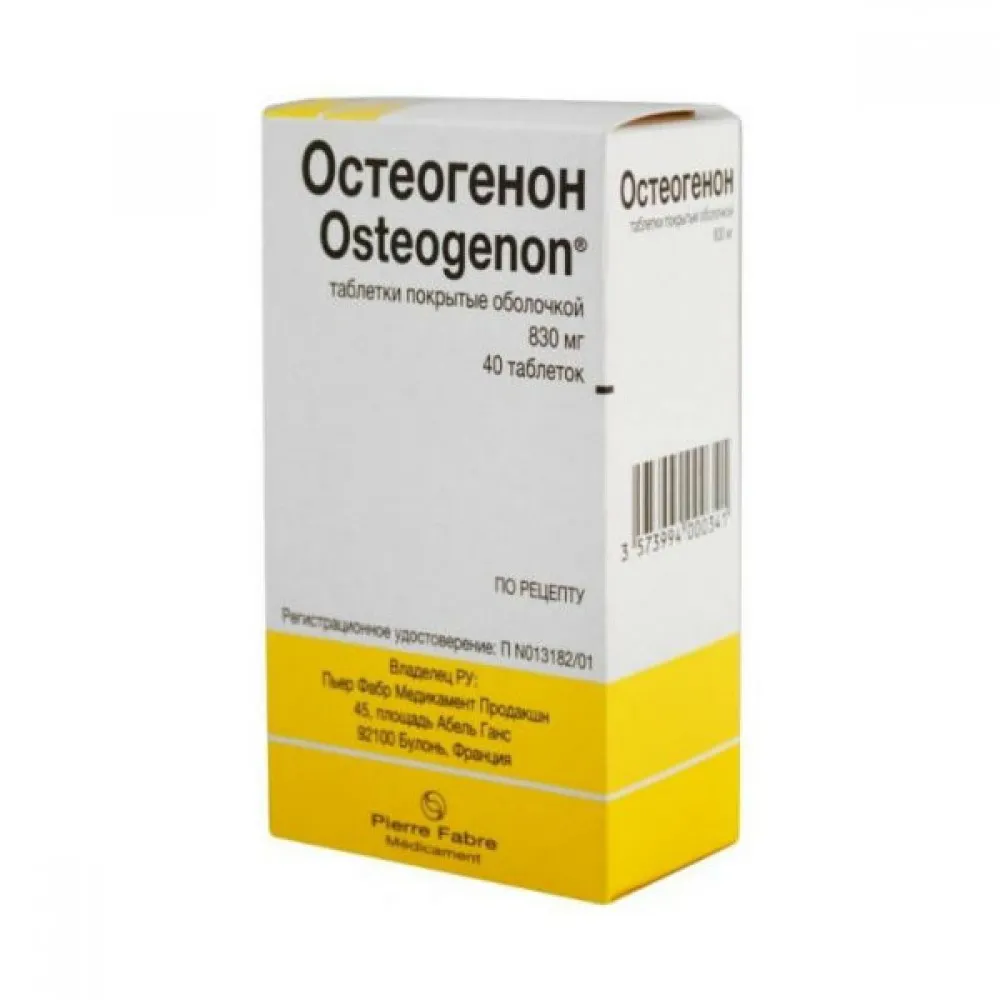Description
Osteogenon Coated Tablets №40
Ingredients:
- Calcium Carbonate
- Vitamin D3
- Magnesium Oxide
Dosage:
Adults: Take 1 tablet daily with a meal, or as directed by a healthcare professional.
Indications:
Osteogenon Coated Tablets №40 are indicated for the prevention and treatment of calcium and vitamin D deficiency in adults.
Contraindications:
Do not use if you have hypercalcemia or hypervitaminosis D. Consult a healthcare professional before use if you are pregnant, nursing, or taking other medications.
Directions:
Swallow the tablet whole with a glass of water. Do not crush or chew the tablet. It is recommended to take the tablet at the same time each day for best results.
Scientific Evidence:
Studies have shown that the combination of calcium and vitamin D in Osteogenon tablets plays a crucial role in maintaining bone health and preventing osteoporosis. Research published in the Journal of Bone and Mineral Research highlighted the importance of adequate calcium and vitamin D intake in reducing the risk of fractures and improving bone mineral density.
Additional Information:
Osteogenon Coated Tablets №40 are formulated to provide optimal bone support and promote overall bone health. The slow-release coating ensures gradual absorption of essential nutrients, maximizing their effectiveness. Regular use of Osteogenon tablets as part of a balanced diet can help maintain strong and healthy bones, especially in individuals at risk of calcium and vitamin D deficiency.





